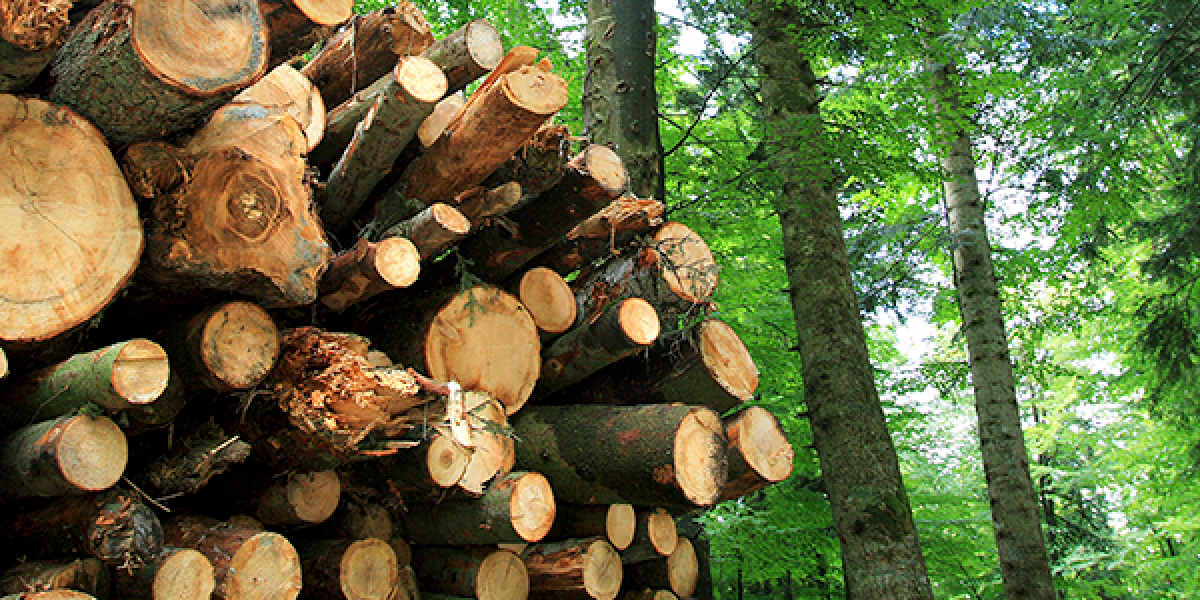
Recently, Sustainable Prosperity, in partnership with the Forest Products Association of Canada (FPAC) and others, launched a research project to explore the links between productivity and natural capital. You can learn more about the project here.
This 2-year research project looks at how our environmental and economic successes are linked – and aims to ultimately shed light on how we can optimize our practices and develop good policies. The project’s rationale goes something like this – we care about the environment, we care about our economic prosperity, and the two are highly linked, as the graphic below shows.

To explore these linkages, we’re looking at the forest products sector as a case study. Canada’s forests are a form of natural capital that provides a flow of value to humans through the timber and other natural resources we extract and through the ecosystem services they provide – forests sustain habitat for biodiversity, store carbon, preserve soils, purify air, moderate climate and provide a place for recreation and of spiritual importance. After all, the value of a forest is much more than the market value of the timber we extract from it.
So why explore the forest products sector as our case study? Well, for a few reasons. (Note that the references for these statistics are available on page 14 of the report):
The Forest Products sector has a strong record of improving it’s productivity (measured via a traditional metric of labour productivity) – outranking all Canadian sectors from 2000-2012 with the exception of agriculture, as shown below. At the same time, the sector has seen its environmental performance improve, particularly in the growing share of certified forests found in Canada and improvements in environmental footprint (FPAC tracks environmental footprint through a metric made of 12 indicators – for more, see page 15 here).

We hope that by looking at the broad question of how natural capital and productivity are linked, through the specific lens of the forest products sector, we’ll shed some light on how our economic activity relies on the flows of goods and services provided by natural capital stocks, and on how pollution and other impacts of economic activity may depreciate the value of these stocks.
There are challenging questions related to this research area, such as: How do we measure and assess natural capital’s role in our economic productivity? How is our natural capital’s potential to provide value influenced by our current economic activity? What might we do better, in order to improve both our economic and environmental performance? While we aim to produce an environmentally-adjusted measure of productivity for the forest products sector, we’re also hoping to raise the profile of these important questions, in hopes of encouraging further discussion and research.
The unique partnership behind this research project – where academics, government, research institutes and private industry all come together and contribute what they can, be it funding, data, or analytical capacity – equips us well to move this research area forward. And beyond forestry, we hope that our exploration of the forest products sector as a case study will provide some insights that are relevant for other resource sectors as well.